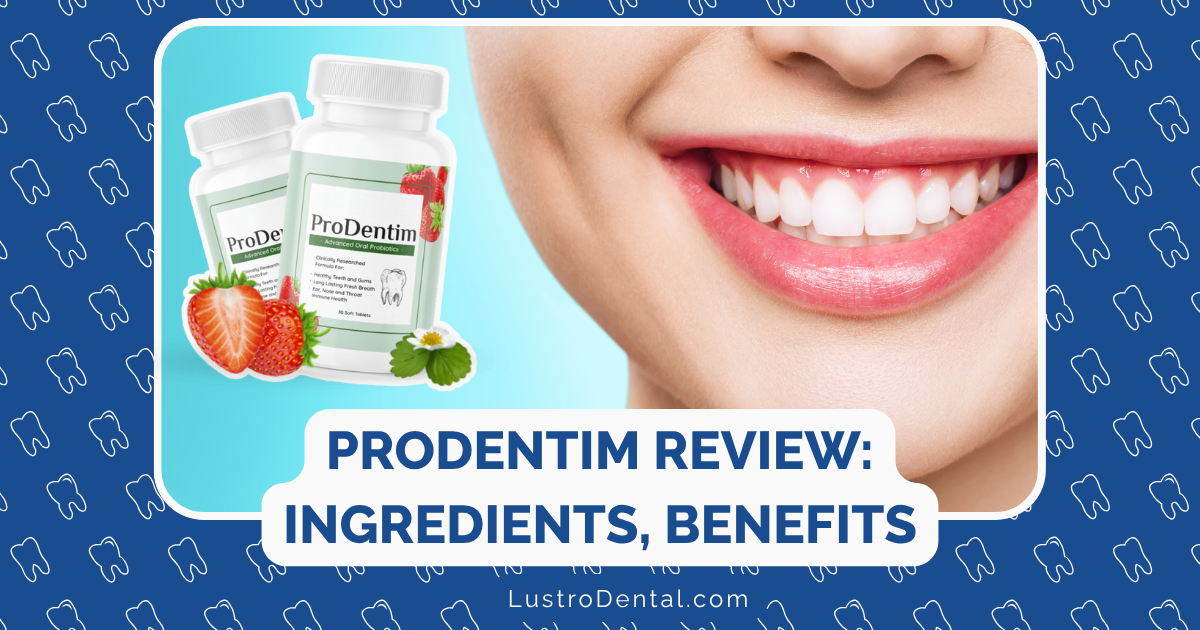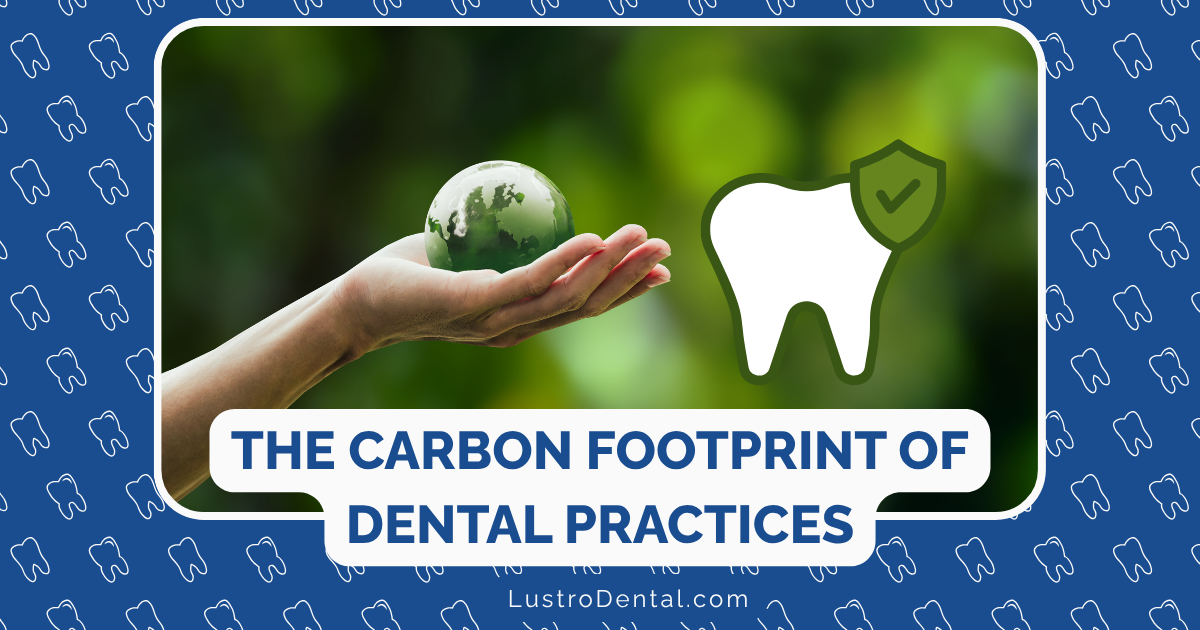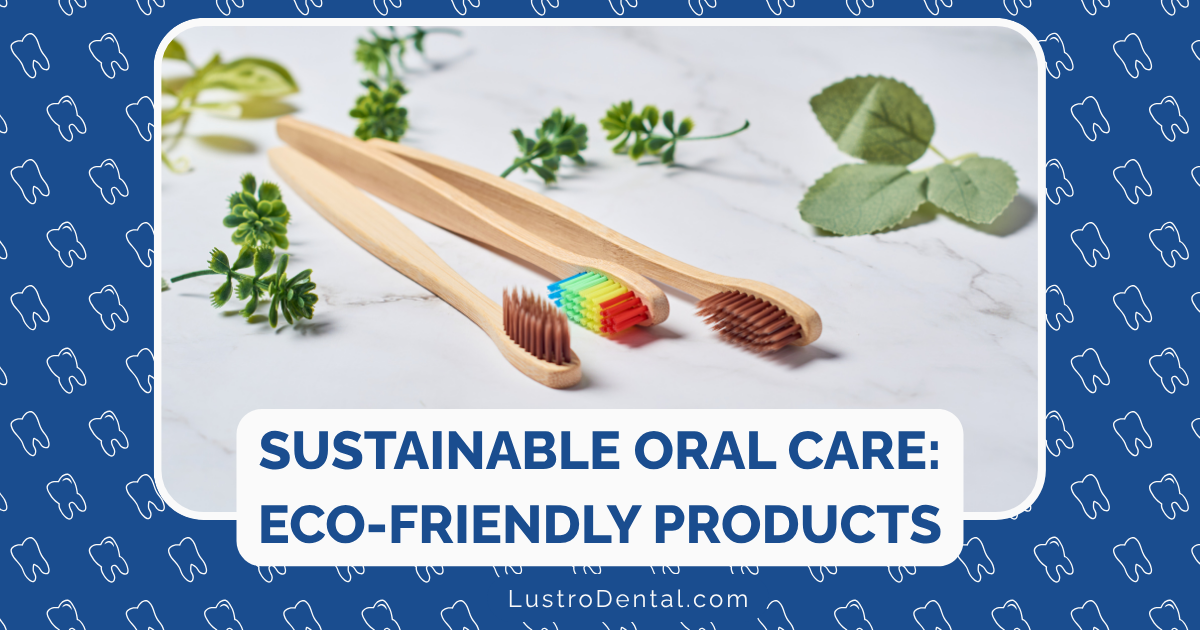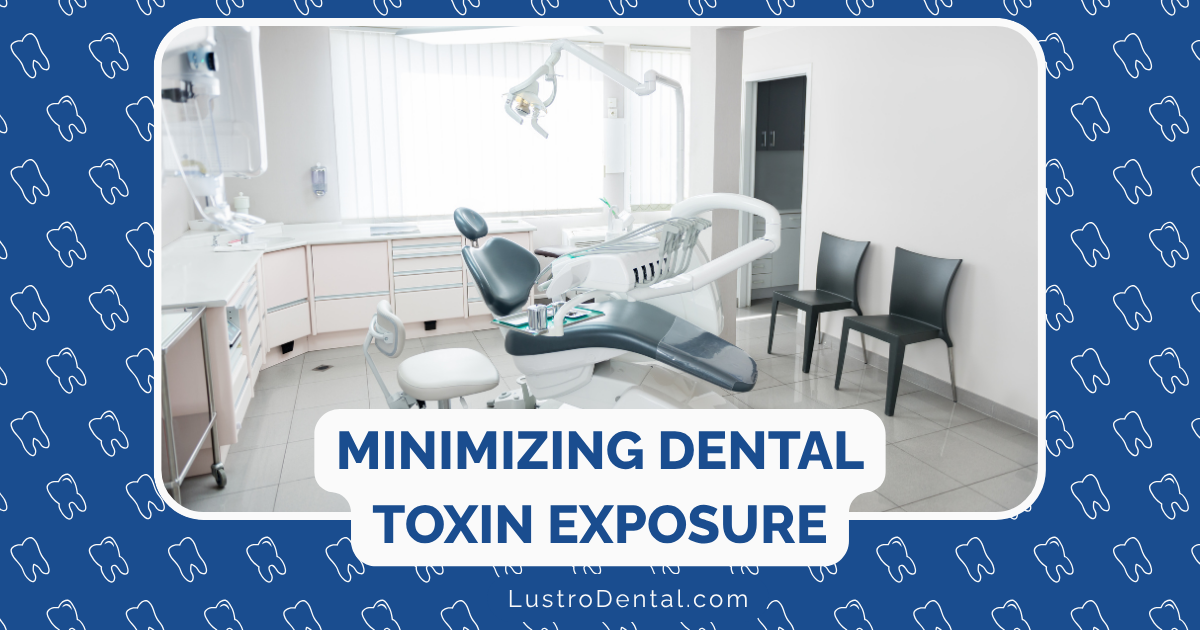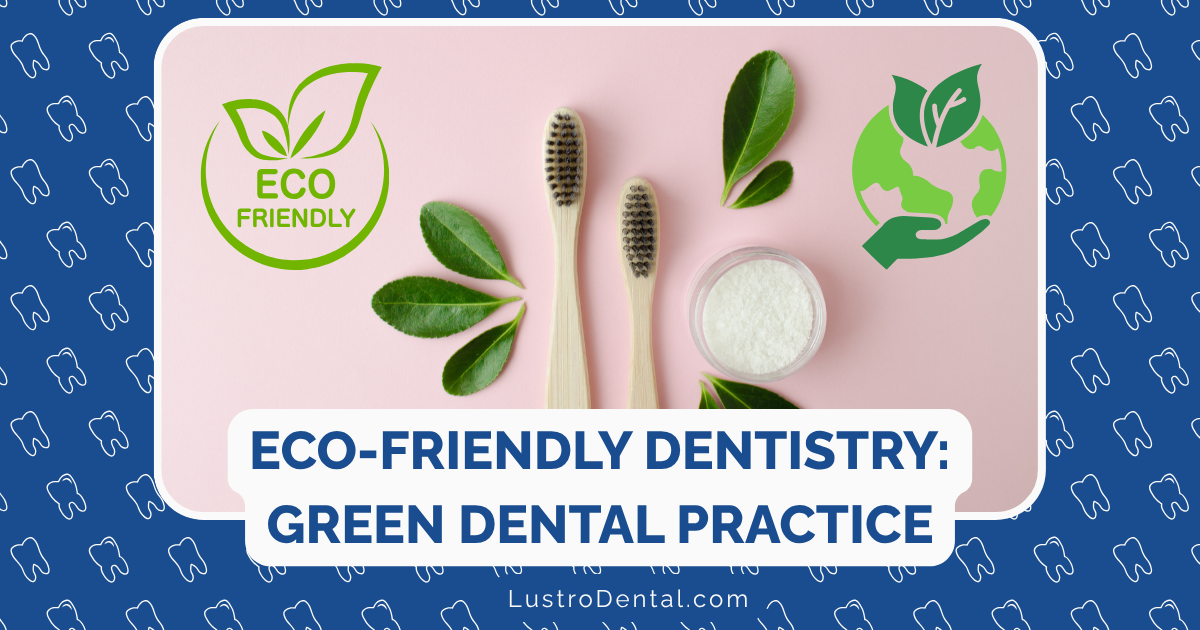Mercury-Free Dentistry: Options for Removing and Replacing Amalgam Fillings
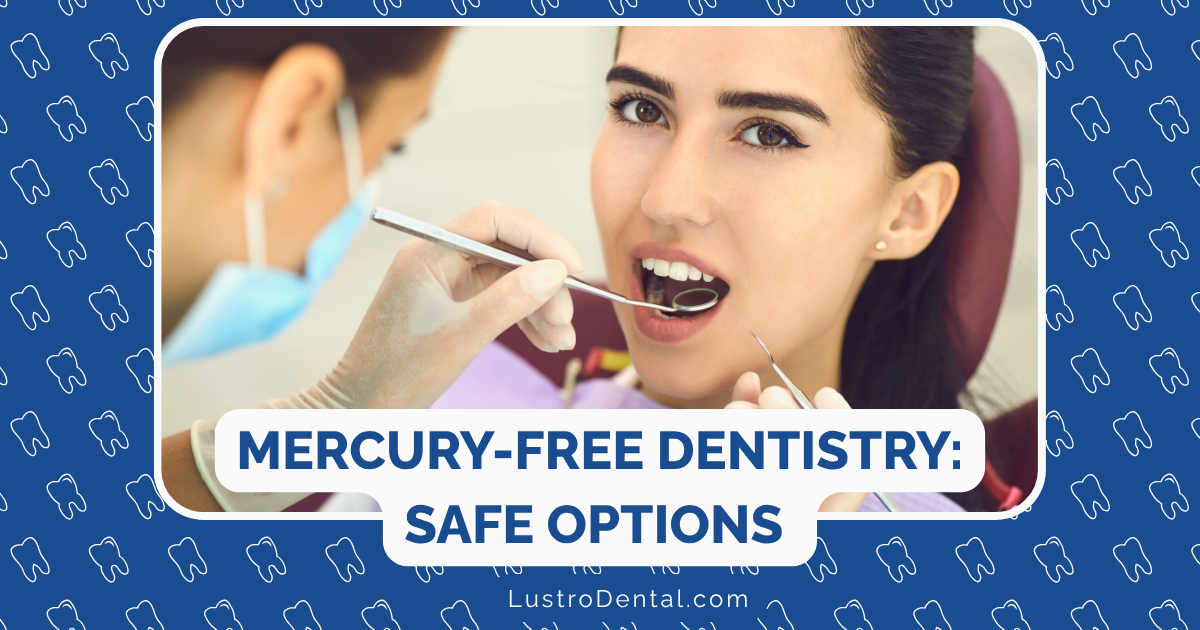
Have you ever wondered about those silver fillings in your mouth? For decades, dental amalgam has been the go-to material for filling cavities. But as we’ve learned more about the potential health impacts of mercury—which makes up about 50% of these fillings—many patients and dental professionals are making the switch to mercury-free alternatives.
Understanding Amalgam Fillings and Their Concerns
Dental amalgam fillings, often called “silver fillings,” contain a mixture of metals including mercury, silver, tin, and copper. While dental associations have historically deemed them safe, growing evidence suggests that mercury vapor can be released during everyday activities like chewing, brushing, and especially during the removal or replacement of these fillings.
“Mercury is a known neurotoxin that poses health risks, especially to pregnant women, young children, and individuals with compromised health,” explains Dr. Mark Johnson, a biological dentist specializing in mercury-free practices. “It’s why we’re seeing major policy shifts, such as the European Union’s decision to ban dental amalgam starting in 2025.”
The continuous release of small amounts of mercury vapor from amalgam fillings has been linked to various health concerns, including:
- Neurological disorders
- Kidney problems
- Immune system complications
- Developmental delays in children
- Chronic inflammation
Beyond personal health, there’s an environmental dimension too. Dental amalgam waste contributes significantly to mercury pollution in our ecosystems, potentially entering the food chain through water systems.
Mercury-Free Alternatives: A Closer Look
Thankfully, modern dentistry offers several excellent alternatives to mercury amalgam fillings. Each has its own set of advantages and considerations:
Composite Resin Fillings
Composite resin has become one of the most popular alternatives, made from a mixture of plastic and finely ground glass particles.
Advantages:
- Matches the natural color of your teeth
- Bonds directly to the tooth structure, requiring less drilling
- Contains no mercury or other metals
- Moderate cost compared to other options
Research supports their durability as well. A 2016 study involving over 76,000 patients found that posterior amalgam fillings actually had a higher annual failure rate than composites, challenging the long-held belief that amalgams last longer.
One consideration: Some composite resins may contain bisphenol-A (BPA) derivatives. If this concerns you, ask your dentist about BPA-free options like Admira Fusion, a ceramic-based composite introduced in 2016.
Glass Ionomer Fillings
Glass ionomer fillings are composed of acrylic and fine glass powders.
Advantages:
- Releases fluoride over time, helping prevent future decay
- Bonds well with natural tooth structure
- Good option for non-load-bearing areas
- Suitable for patients with allergies to other materials
Porcelain (Ceramic) Fillings
For those seeking premium options, porcelain fillings offer exceptional aesthetics and longevity.
Advantages:
- Custom-crafted to match your teeth perfectly
- Extremely durable and resistant to staining
- Contains no potentially toxic materials
- Can last 15-20 years with proper care
Gold Fillings
Though less common today due to cost and aesthetics, gold remains one of the most biocompatible and durable filling materials.
Advantages:
- Exceptional durability (can last 20+ years)
- Highly biocompatible
- Minimal wear on opposing teeth
- Contains no mercury
The Safe Removal Process: Why It Matters
If you’re considering replacing your amalgam fillings, the removal process itself requires careful attention. Improper removal can actually increase your exposure to mercury vapor.
“The removal process is just as important as the materials used to replace the fillings,” says Dr. Sarah Chen, a mercury-free dentistry advocate. “That’s why we follow the SMART protocol.”
The SMART Protocol
The Safe Mercury Amalgam Removal Technique (SMART) is a set of rigorous guidelines developed by the International Academy of Oral Medicine and Toxicology (IAOMT). This protocol includes:
- Air Filtration: High-volume air filtration systems in the treatment room to capture mercury vapor
- Protective Barriers: Full-body, impermeable barriers for both patient and dental team
- Respiratory Protection: Specialized masks rated to filter mercury vapor
- Dental Dam Isolation: A properly sealed dental dam to prevent particles from being swallowed
- External Air Source: Clean oxygen delivered via nasal mask during the procedure
- Chunking Technique: Removing amalgam in large pieces rather than drilling, which reduces vapor
- Abundant Water Cooling: Copious amounts of water to minimize heat and vapor release
- High-Volume Suction: Specialized vacuum systems to capture particles and vapor
- Post-Removal Detox: Rinsing with adsorbent materials like activated charcoal
These precautions significantly reduce exposure to mercury during the removal process. The SMART protocol has become the gold standard for safe amalgam removal, with certified dentists available nationwide.
Is Amalgam Removal Right for You?
While the evidence against mercury amalgam continues to grow, the decision to remove existing fillings should be made carefully and in consultation with a knowledgeable dental professional. Consider these factors:
- Current Health Status: Individuals with autoimmune conditions, chronic illnesses, or mercury sensitivity may benefit most from removal.
- Filling Condition: Cracked, worn, or failing amalgam fillings should be prioritized for replacement.
- Pregnancy and Nursing: The IAOMT advises against amalgam removal during pregnancy or breastfeeding.
- Overall Mercury Burden: Consider your overall exposure to mercury from other sources (fish consumption, occupational exposure, etc.).
Biocompatibility Testing: Personalized Material Selection
One of the most advanced approaches in mercury-free dentistry is biocompatibility testing, which helps identify the most suitable materials for your individual biology.
“No single material is perfect for everyone,” explains Dr. Michael Williams, a holistic dentist. “What works well for one person might trigger inflammation or immune responses in another.”
Several laboratories offer compatibility testing for dental materials:
- Biocomp Laboratories specializes in dental material compatibility testing
- ELISA/ACT Biotechnologies offers comprehensive sensitivity testing
- The MELISA test, introduced in 1994, specifically tests for metal sensitivity
These tests can help determine which replacement materials will work best with your unique biochemistry, reducing the risk of trading one problem for another.
The Future of Dentistry is Mercury-Free
The trend toward mercury-free dentistry continues to gain momentum worldwide. With the EU’s ban taking effect in 2025 and growing awareness among patients, we’re witnessing a significant shift in dental practices.
Modern research increasingly supports what biological dentists have advocated for years: mercury-free alternatives perform as well as or better than amalgam fillings in terms of durability, and they do so without the potential health and environmental concerns.
If you’re considering making the switch to mercury-free dentistry, start by finding a dentist experienced in safe amalgam removal techniques. Ask about their protocols, replacement materials, and whether they’re SMART certified.
Your oral health is connected to your overall wellbeing in ways we’re still discovering. Making informed choices about dental materials is an important step toward a healthier future—for yourself and for our planet.
Have you had your amalgam fillings replaced? What was your experience like? Share your story in the comments below.


